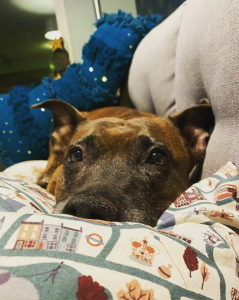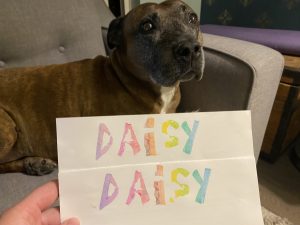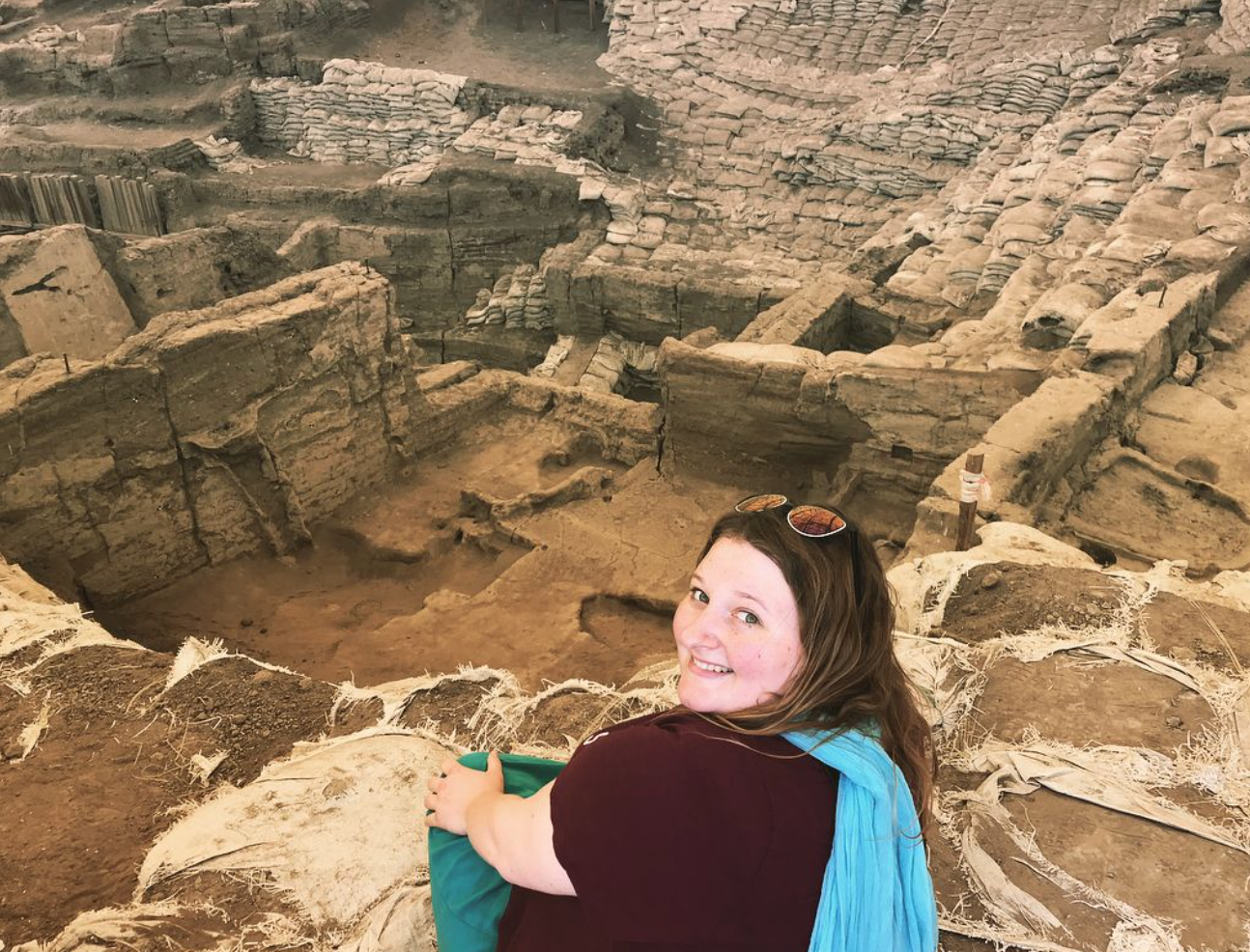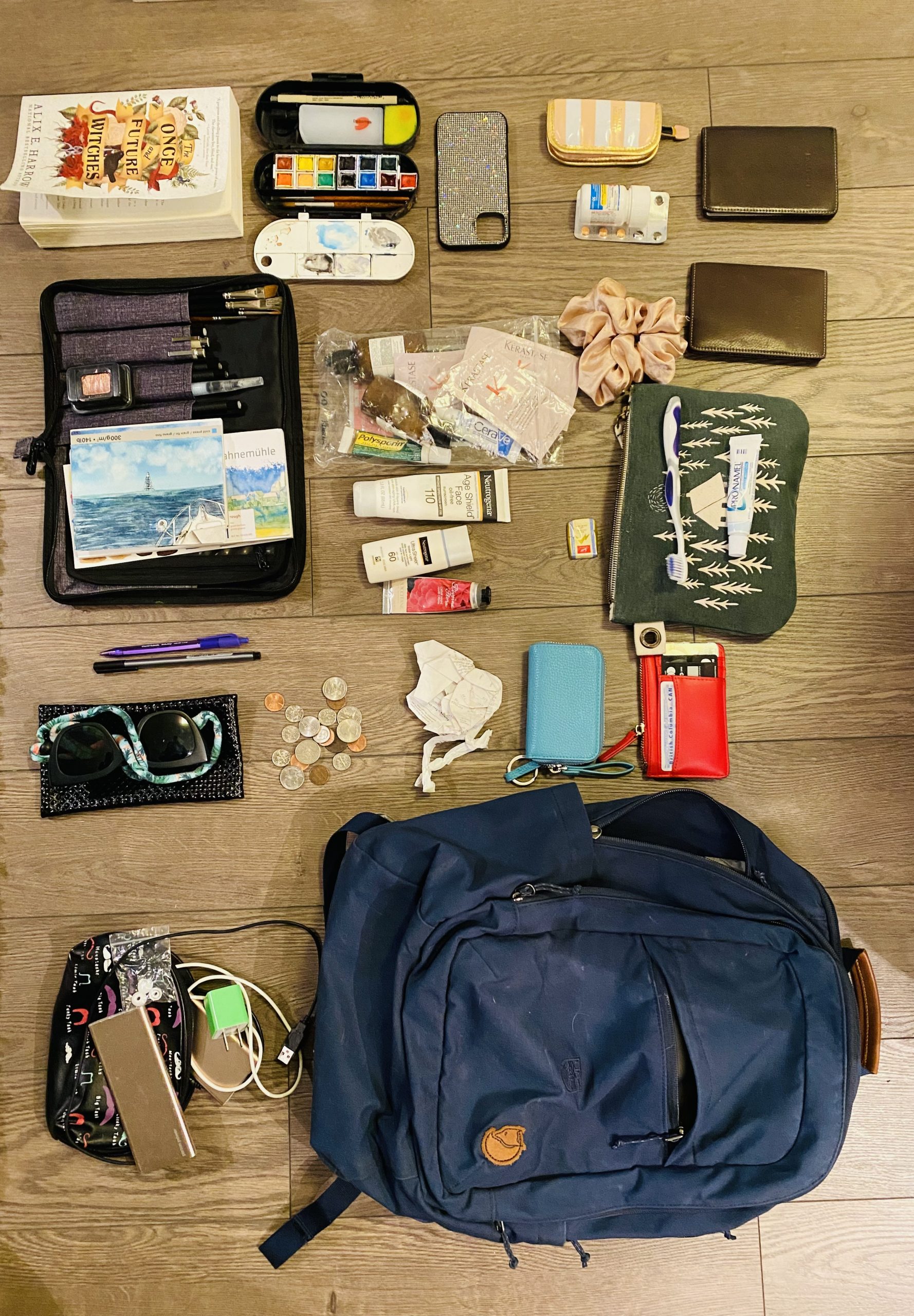These two speculative narratives represent two 13 year olds living 30 years from now and their relationship with education, media, text and technologies.
Dystopia: Makers and Users
Her wrist buzzed again as she got out of the car. The door slid shut behind her and the empty vehicle moved smoothly away down the road away from her morning school. She already knew what the buzz meant and shook her arm briefly to dismiss the reminder. Her parents has set her schedule into her chip four years ago and refused to remove it even though she was a teenager now. If she was at all late they would send her a buzz notification to keep her moving. It was embarrassing and she pulled her sleeve down to hide the slight glow coming from under the skin of her wrist confirming that the reminder had been acknowledged.
She dreaded going to morning school with all of the Users but her few Maker friends who she carpooled with to afternoon school made up for it. Most mornings she could find them in pod 5 curled up on the blue ergonomic couches to catch up with each other before their wrists buzzed for their first class. The crowded public school was unremarkably quiet. Teens relaxed against lockers, shoulder to shoulder in huddled groups, their collective faces illuminated by the blue lights of the screens. They sent messages back and forth, wrists flickering green almost constantly as messages were received and responded to. Keeva had heard that some of the Users has to get their chips moved from one wrist to the other every month to prevent damage from the repetitive motion of accepting and dismissing messages.
A few groups burst into laughter in unison as one of them shared a particularly funny clip or joke. Their devices were set to synch when they gathered in friend groups and algorithms prioritized and edited messages for clarity. Every group had their own inside jokes, online news and filters to prevent unsafe interactions. One kid, Mark, chucked a granola bar at the back of a girl sitting across the hallway, but Keeva knew that whatever she had sent couldn’t have been that bad or the filters would have picked it up. None of the students spoke but quiet was safer, who knew what would get misunderstood or slip out unexpectedly if you spoke out loud. Devices were set up to filter out things that their users found too troubling or overwhelming, even from their friends. Mark’s device sensitivity filter was set incredibly high, but he still managed to get mildly annoyed on a daily basis. It was better than when they were little though, when he threw chairs and yelled. That was before they were all allowed to get devices full time in grade three.
At 9 am on the dot their classes would be pushed onto their devices and their social synch would switch to classroom synch. They would only be able to connect with their teacher and other kids in their class. The school algorithms determined these groupings to ensure just the right balance of focus and friendship. They didn’t have to be in a specific room to go to class. The teachers had devices that automatically found all of their students on the cameras and they could teach from their offices without ever setting foot in the same room as the kids. This was how she learned every morning and how she would have continued to learn as one of the Users, if that aptitude test in third grade hadn’t sent her to the Maker school every afternoon.
Officially she wasn’t any different than the rest of the kids she went to school with and if the teachers caught them using words like Users or Makers they would get a phone call home and a restorative justice circle before you could say “algorithm”, but they all knew that the differences existed. The fact that they were all in the same school in the morning only emphasized the differences that existed between them and the paths they were being trained to follow. She wasn’t sure what had stood out to the computer on the day-long test they had all taken the day they got their devices in third grade, but the next day she was off to an afternoon Academy that couldn’t have been more different than her regular school. Her parents had brought her out to dinner and called everyone they knew to share the good news that she was now an Academy student, but were surprisingly vague about what it actually meant. As time went on she realized that they really didn’t know. They were from a different generation before the academies existed, before a select group of students were chosen every year to be educated with the goal of creating the algorithms that would enhance the lives of everyone around them. Google, Meta, Micrososft, Uber, they had academies in every town and in this rapidly changing world their approval was all you needed, a guarantee of a good life. What parent wouldn’t love that?
Her parents relied on technology for daily practical things, scheduling, talking to the house, feeding the pets, autonomous cars, but weren’t as immersed in it as her classmates in morning school. People of their age just weren’t. Both her parents used technology regularly for work, her mother used it to diagnose patients and her dad relied on algorithms to decide what to invest in for his venture capital firm, but they still walked the dog themselves and spoke out loud instead of through their devices. They enjoyed the convenience but still insisted on stepping ay from it all from time to time. They read articles on youth these days and their “over-reliance on technology” but she was pretty sure they didn’t know the half of it. After all they didn’t go to school every morning with the Users every morning and the only regular interactions they had with kids were with Keeva and her Maker friends but the rules were different for them.
She and the rest of the Makers had been made to continued to interact much as older generations or very young children did, even after they were given their devices. The Academies had rules about over-reliance on the technology. They were being trained to improve it, not get sucked into it like the Users she went to morning school with. She was going to be responsible for them after all, for creating future technologies that would better adapt them to their everyday lives, keep them them comfortable and safe. She had to be able to see clearly in a way that they couldn’t. Devices were for work, for efficiency, but never for socializing, not for her. Screen time for the Makers was strictly monitored and they were forced to speak out loud when they weren’t in class. It was a pain at first but the habit stuck, so when she arrived at Pod 5 she was unsurprised to be greeted to a chorus of hellos from her Academy friends that would have seemed so rude to the User kids. She barely had time to say hello back before her wrist buzzed again and she pulled out her device to begin her classes. Tomorrow she would get here earlier to hang with her friends before class, she thought as the pre-recorded teacher spoke to her from the screen.
Utopia: A Slightly Better Now
Matthew kicked a ball down the pitch and the ball swished in a satisfying way as it hit the back of the empty net. His wrist vibrated slightly as he went to retrieve the ball and he grabbed his bag before heading towards the school building. The hallways of the school had a few students headed to class, while others chatted with friends. Students were all on individualized programs, so class times were unpredictable and programmed into each students wrist chip and devices to make sure that they didn’t forget their schedule for the day.
Every student met with a virtual or online guidance counsellor before the start of the year to plan their schedule for the following academic year. Surveys were sent out beforehand to students and parents to clarify academic goals and schedules. Every student needed to go to school, but they didn’t all have to follow the same yearly or daily schedule, or take all the same courses.
His dad had been a venture capitalist but got tired of the corporate life. He worked in IT now and insisted on spending half the year traveling and soaking up new destinations. This worked well for Matthew’s mom who, as a doctor, did the vast majority of her appointments online. She worked in a practice where every GP took turns being the virtual doctor for a few months at a time. After Matthew had submitted his academic goals to the school the computer programs took into account his parents wishes and their family scheduling conflicts before producing his yearly schedule of online and in-person classes.
Until last year he had needed to be present for a September to June school year but as soon as he had turned 12 and was allowed to stay home alone, he was able to participate in hybrid learning as long as he finished his work and kept up his grades. He was a bit behind in English and struggled with his writing so he got extra small group support built into his schedule. Before schools switched to the flexible hybrid schooling there hadn’t been enough teachers to be able to do this but with new algorithms to help with assessment and teachers being able to work remotely for part of the year, it made the profession more appealing. A lot of the hybrid classes had one teacher for a larger group of students, which freed up more time for other teachers to work with smaller groups of students who needed extra help.
He didn’t love reading and writing but he practiced using an online program every day and he was improving. Anything that needed to be read for Science or Social Studies was automatically geared towards his reading level so he as able to keep up in other subject areas. He really enjoyed reading audio books though and had a high comprehension level.
He and his friends kept up through video calling sometimes when he was away, although he was sometimes a bit disappointed that he couldn’t match up his school schedule to his friends like kids of his age who lived in town all year long. He was able to show them where he was using his VR glasses and sometimes it was almost like having them with him when they were all talking over each other in his headphones as he zip-lined over cloud forests in Costa Rica or brought them along on a Jet Ski in Italy. It wasn’t all new to them and sometimes they said that they felt like they had already been there because of the virtual reality field trips that they took in school. They also liked to watch movies or play video games together some days using VR and synched up video.
He went into his small writing group and flipped open his device. There was a notification saying that the autonomous vehicle would be driving him home at 3.30 and before his class started he adjusted the pickup time on the screen to 4.10 so that he could play some soccer with his friends after school. The device pinged in acknowledgement as his teacher joined him and the three other students so that the class could begin.

























































 ️
️






